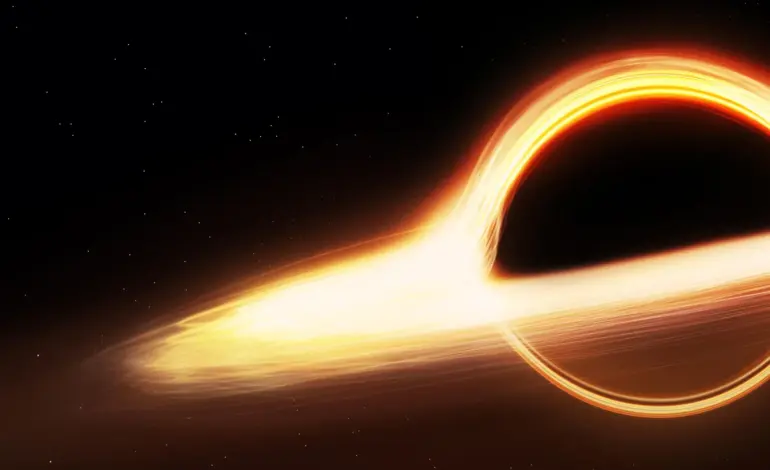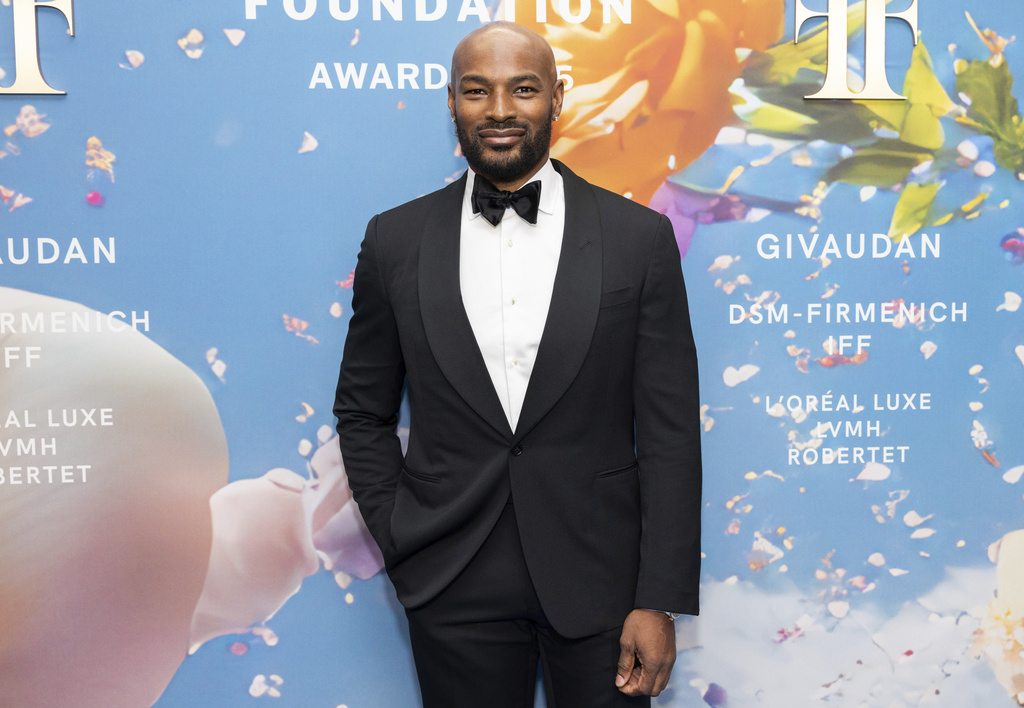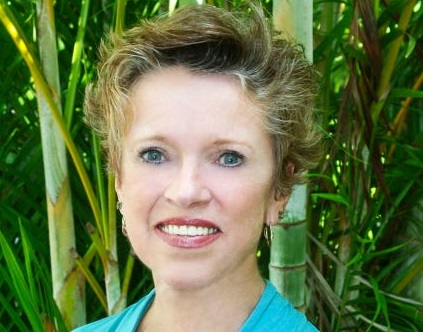Researchers Challenge Einstein’s Black Hole Theory with New Data

On November 8, 2025, researchers from Goethe University Frankfurt announced significant findings that could challenge Albert Einstein’s theory of relativity, particularly in relation to black holes. By leveraging new simulations and upcoming high-resolution telescope images, the team aims to uncover whether Einstein’s well-established equations fully explain these cosmic phenomena.
Black holes, often referred to as cosmic gluttons, consume everything that comes too close, including light. This makes the images captured by the Event Horizon Telescope (EHT) collaboration, which includes supermassive black holes in the M87 Galaxy and our own Milky Way, remarkable milestones in astronomy. Prof. Luciano Rezzolla, who played a crucial role in these discoveries, noted, “What you see on these images is not the black hole itself, but rather the hot matter in its immediate vicinity.”
Exploring the Shadows of Black Holes
The images reveal what scientists describe as the “shadow” of a black hole, providing new opportunities to investigate the underlying physics of these enigmatic entities. For over a century, Einstein’s general theory of relativity has served as the cornerstone of our understanding of space and time, predicting the existence and nature of black holes and their event horizons—the boundaries beyond which no information can escape.
Despite this, Rezzolla pointed out that “there are, however, also other, still hypothetical theories that likewise predict the existence of black holes.” Some of these alternative theories propose the existence of matter with unique properties or even challenge current physical laws.
In collaboration with researchers from the Tsung-Dao Lee Institute in Shanghai, Rezzolla and his team have developed a novel method to test these competing theories. Their research, published in the journal Nature Astronomy, outlines how future observations of black holes could either confirm or contest Einstein’s model of gravity.
Testing Competing Theories
Until now, the lack of sufficient data has prevented definitive conclusions about these alternative theories. However, the researchers believe that detailed analyses of black hole shadow images could provide critical insights. “This requires two things,” Rezzolla explained. “On one hand, high-resolution shadow images of black holes to determine their radius as accurately as possible, and on the other hand, a theoretical description of how strongly the various approaches deviate from Einstein’s theory of relativity.”
To facilitate this investigation, the team constructed a comprehensive framework that outlines how different theoretical black holes would diverge from Einstein’s predictions and how these differences could manifest in imaging. Utilizing advanced three-dimensional computer simulations, they replicated the motion of matter and magnetic fields in the warped spacetime surrounding black holes. This work resulted in synthetic images of the glowing plasma encircling these colossal objects.
Lead author Akhil Uniyal remarked, “The central question was: How significantly do images of black holes differ across various theories?” The researchers identified distinct patterns that, with sharper images in the future, could assist scientists in determining which theoretical model aligns best with observed reality.
Though current EHT resolution does not yet allow for the detection of these subtle differences, advancements in technology are expected to enable such comparisons soon. In preparation for these developments, the physicists have crafted a universal description of black holes that can accommodate multiple theoretical frameworks.
Despite the promising research, Einstein’s theory continues to hold strong for now. Rezzolla emphasized, “One of the EHT collaboration’s most important contributions to astrophysics is turning black holes into testable objects.” While findings thus far align with Einstein’s predictions, measurement uncertainties mean that only a handful of exotic theories have been ruled out. For instance, it is highly unlikely that the black holes in M87 and the Milky Way are “naked singularities,” which lack an event horizon, or wormholes.
As Rezzolla concluded, “Even the established theory must be continuously tested, especially with extreme objects like black holes.” Should evidence emerge that contradicts Einstein’s model, it would signify a monumental shift in the field of physics.
A New Era in Astrophysics
The EHT offers an unprecedented opportunity for these investigations, as it combines data from multiple large radio telescopes worldwide, effectively functioning as a telescope the size of Earth. Plans are underway to expand the network with additional observatories, including a radio telescope in space, which would greatly enhance resolution capabilities.
According to the study, achieving an angular resolution of less than one millionth of an arcsecond will be crucial—akin to spotting a coin on the Moon’s surface from Earth. Although this level of precision is not yet achievable, scientists believe it could soon be within reach, potentially unlocking a new chapter in understanding gravity and the universe.
This ongoing research underscores the importance of continually testing established theories in light of new data, ensuring that our comprehension of the cosmos evolves alongside technological advancements.






